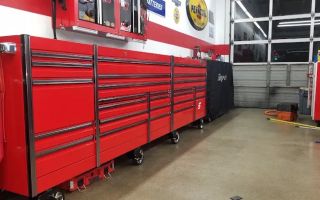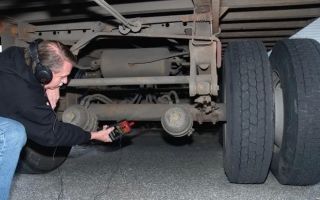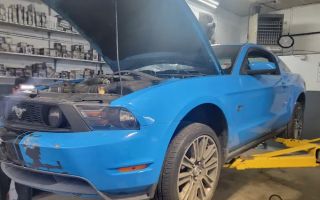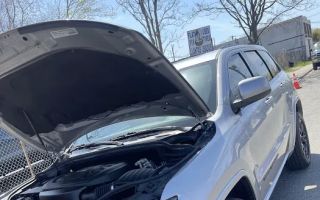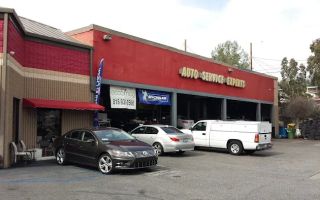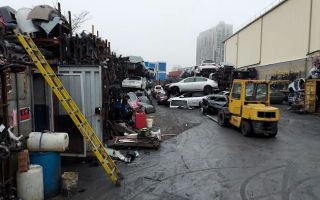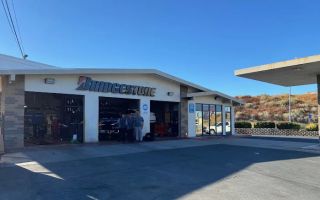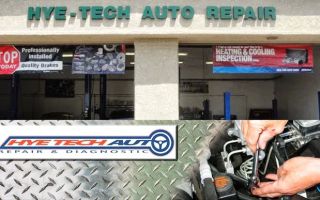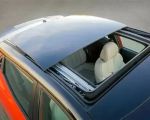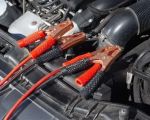- Understanding Tinting Issues - Why Problems Happen
- Common Problems with Car Window Tinting - Identifying the Signs
- How to Prevent and Fix Tint Damage - Expert Tips
- Real Stories and Lessons - What Drivers Have Experienced
- Choosing Quality Tinting Services - Ensuring Long-Term Results
Understanding Tinting Issues - Why Problems Happen
Window tinting is one of the most popular car upgrades in the U.S., offering privacy, UV protection, and a sleek look. But over time, many drivers encounter issues that can turn a clean finish into a frustrating eyesore. Understanding common problems with car window tinting starts with recognizing that not all tints—or installations—are created equal.
The main causes of tint damage include poor-quality materials, improper installation, and exposure to extreme temperatures. Inexpensive tints may look fine at first, but within months, they can fade, bubble, or peel. Even high-quality film can fail if not installed correctly. Environmental factors like sun exposure and humidity also accelerate wear, especially in southern states where heat is constant.
By learning how to spot early signs of damage, you can extend your tint’s lifespan and save on costly replacements. At Rescue & Towing, we often meet drivers frustrated by tint-related visibility issues or fading, and with the right knowledge, these problems can be avoided entirely.
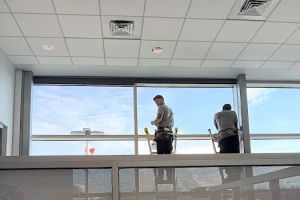
Window Film Depot - Home & Commercial Window Tint
80 Broad St floor 5, New York, NY 10004, USA
Common Problems with Car Window Tinting - Identifying the Signs
Whether you recently tinted your windows or have had them for years, it’s important to know what to look out for. Below are the most frequent issues drivers encounter and what they mean for your car’s performance and appearance.
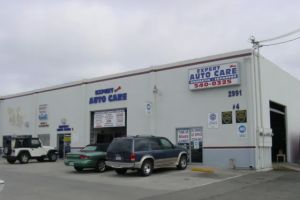
Expert Auto Care
2991 Grace Ln #4, Costa Mesa, CA 92626, USA
1. Bubbling and Blistering
Small air pockets or bubbles appearing between the glass and the tint film are often the first signs of poor installation. They usually occur when dust or moisture gets trapped during the application process or when the adhesive begins to fail. Besides looking unattractive, these bubbles distort visibility and can eventually lead to full peeling.
2. Peeling and Edge Curling
If the tint starts lifting around the edges, it’s a sign that the adhesive is breaking down due to poor bonding or long-term sun exposure. Once peeling starts, it spreads quickly, especially when rolling windows up and down. Fixing this requires reinstallation, as patch repairs rarely last.
3. Fading and Discoloration
Low-quality tint films often fade into a purple or brown hue over time. This fading occurs when the dyes used in cheap tints break down under UV exposure. Not only does this affect your car’s look, but it also reduces UV and heat protection efficiency, defeating the main purpose of tinting.
4. Hazy or Blotchy Appearance
A foggy look can appear right after tinting but should disappear after a few days of curing. If it persists, it might indicate poor-quality adhesive or improper cleaning before installation. The haze can also come from soap residue used during application.
5. Scratches and Surface Damage
While tint film is durable, it’s not scratch-proof. Regular use of abrasive cleaners or hard window scrapers can damage the surface. Once scratched, the film loses its smooth look and can weaken over time, leading to cracks or peeling.
How to Prevent and Fix Tint Damage - Expert Tips
Fortunately, most tint problems can be prevented with proper care and professional installation. Here’s how to ensure your window tint stays flawless for years.
1. Choose High-Quality Tint Film
Always invest in top-grade tint film with UV-blocking and heat-resistant technology. Ceramic or carbon-based films outperform dyed versions, lasting longer without fading. While premium films cost more upfront, they save money in the long run by preventing frequent replacements.
2. Allow Proper Curing Time
After tint installation, avoid rolling down your windows for at least three to five days. This allows the adhesive to bond securely and prevents shifting or bubbling during curing. In humid or cold climates, curing can take even longer, so patience is key.
3. Clean Gently with the Right Products
Use ammonia-free glass cleaners and soft microfiber cloths. Ammonia-based products can deteriorate the film and adhesive, leading to discoloration and peeling. Clean with smooth circular motions to avoid creating scratches.
4. Park Smartly and Use Shade
Constant exposure to direct sunlight accelerates tint wear. Parking in shaded areas or using windshield covers helps protect your tint from UV and heat damage. Regular care ensures your film maintains its color and clarity longer.
5. Seek Professional Repair or Replacement
DIY fixes often do more harm than good. If you notice extensive peeling, discoloration, or bubbles, visit a certified tint shop for professional evaluation. Technicians can remove damaged sections and replace them cleanly without harming your car’s glass.
For professional recommendations on trusted tint repair and replacement services, Rescue & Towing provides resources to help you find certified experts who specialize in automotive glass care and restoration.
Real Stories and Lessons - What Drivers Have Experienced
Take, for example, Jason from Arizona, who installed a budget tint on his SUV during the summer. Within three months, he noticed purple fading and large air bubbles appearing across the rear window. The installer had used a cheap dyed film that couldn’t withstand Arizona’s desert heat. After switching to a ceramic tint, not only did the issue disappear, but his cabin temperature dropped noticeably.
Another story comes from Michelle in Florida, who bought a used car with peeling tint. The damage wasn’t just cosmetic — it affected her visibility at night due to uneven light refraction. After professional removal and reinstallation, her driving comfort improved, and the car’s resale value increased significantly.
These examples highlight why investing in quality tinting and proper maintenance matters. Aesthetic appeal aside, a well-installed tint enhances safety, comfort, and vehicle longevity.
Choosing Quality Tinting Services - Ensuring Long-Term Results
When selecting a tinting service, reputation and experience are everything. Ask for certifications, warranties, and examples of previous work. Reputable shops use high-quality materials, maintain clean work environments, and provide guarantees for long-term durability.
Look for installers who explain local tinting laws as well. Each state has regulations regarding allowable tint darkness (VLT) and reflection levels. Professionals ensure your tint complies with the law while meeting your personal comfort preferences.
Choosing trusted experts from Rescue & Towing ensures you’re connected with professionals who understand both aesthetics and safety. Whether you need tint installation, removal, or repair, finding qualified help is the key to lasting satisfaction and protection.
Ultimately, understanding the common problems with car window tinting is about more than maintenance — it’s about making informed decisions that protect your investment. With proper care, quality materials, and trusted service, your tinted windows will enhance both your car’s appearance and performance for years to come.

